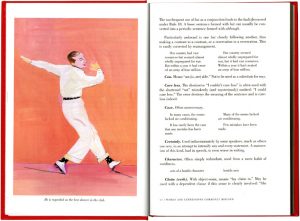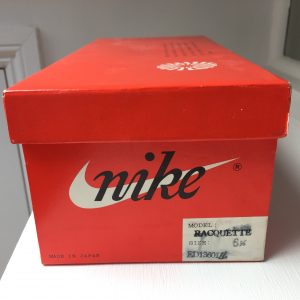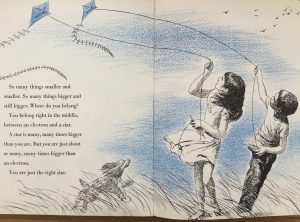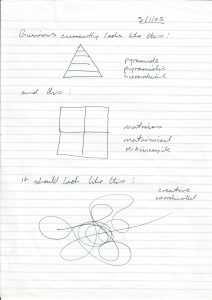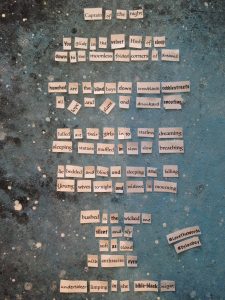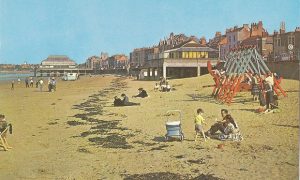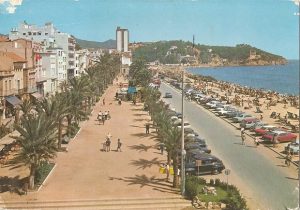Loopy strategies…
Virtuous circles, wheels of fortune, magic roundabouts – the one infographic more beloved by consultants even than the hierarchical pyramid or two-by-two matrix is the strategy loop. The FT’s Andrew Hill lays into them – their beguiling neatness, their often shaky foundations and their tendency, like boats too long in the water, to gather barnacles of complications.
“Strategies and business models are not infinitely repeatable perpetual motion machines,” says Hill. “If they were, chief executives and their teams could go home.” Yes, but given that these folk are staying at their desks, the question is: what should they be doing? The answer still is crafting and communicating the best strategy – the company’s way to win. And vitally, focusing on putting it into action. Too many strategies get lost in translation – declared from on high with more or less clarity and largely ignored when it comes to employees carrying out their day-to-day tasks. In this respect and to loop back, infographics can be a very helpful tool when it comes to explaining and implementing strategy. But only if they’re properly rigorous and compelling.
So long live loops, so long as they’re in service of strong strategies.

